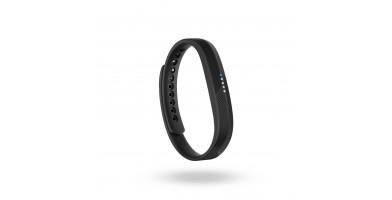Fitbit Charge 2 – 2024 Review Review Facts
The Fitbit Charge 2 is a heart rate monitor and fitness wristband designed for all day use as well as during workouts. The PurePulse Heart Rate monitor tracks the wearer’s heart rate over time to get a picture of overall health and to better calculate the number of calories burned during workouts. It is conveniently worn around the wrist rather than having to wear an uncomfortable chest strap. The Simplified Heart Rate Zones maximize performance during a fat burn, cardio, or peak workouts. The wearer can set goals with the Personalized Cardio Fitness Score, and the personalized Guided Breathing Sessions allow a timer to be set for meditation.
The Charge 2 tracks distance, pace, active minutes, floors climbed, steps, and the number of calories burned. It also tells the wearer when it is time to move again in order to stay active and achieve their daily goals. The wristband can also track sleep and has a silent vibrating alarm to wake the wearer up. It syncs with Android, iPhone, and Windows devices and alerts the wearer of calendar events, texts, and calls. There are also interchangeable bands sold separately and customizable clock faces to fit different tastes. If you’re looking for affordable and stylish fitness and heart rate wristband, read on to see if the Charge 2 is right for you.
Activities
The Fitbit Charge 2 is designed for running and walking, but it also tracks sleep and has guided breathing sessions for meditation. It can automatically record certain exercises as well as give the wearer reminders that it's time to move again. The Fitbit app gives a nice picture of one's overall health by tracking both the activities themselves as well as heart rate during those activities.
Basic Features
The Charge 2's basic features allow the wearer to track workout length, the number of steps taken, pace, and distance traveled. Users also receive reminders to move so they can meet a minimum number of steps each hour as well as track their hourly activity. The app can help users track these items over time in order to meet their fitness goals.
Advanced Features
In addition to the basic features, the Fitbit Charge 2 continuously tracks number of active minutes, calories burned and floors climbed. It has a built-in heart rate monitor to track the user's heart rate, improve the calculation on the number of calories burned, and run guided breathing sessions along with its stopwatch for relaxation and meditation.
It also tracks sleep quality and length and has a vibrating alarm to wake the user up again. The Personalized Cardio Fitness Score helps users set goals and analyzes their current fitness level so they can constantly improve.
This wristband is not waterproof. Accuracy
The Fitbit Charge 2's accuracy is good and comparable to other fitness monitoring devices. The heart rate monitor works well and gives similar readings to other devices when walking or sitting. Although testers note that while working out it does not always read their pulse or reads high or low, especially at the beginning of a workout or if the wrist starts to get sweaty.
The distance and number of steps taken are accurate. Accuracy will be lower in extreme temperatures or high elevation.Connectivity
The Fitbit Charge 2 can connect to the user's smartphone for GPS, text, calls, and calendar events. Notifications scroll across the bottom of the screen. It also connects to the app for goal setting and data tracking and can be used on 200+ different devices.
It is compatible with Android, iPhone, and Windows. The syncing is wireless and automatic via Bluetooth and works in a range of up to 30 feet (9.144 meters).
Apps
The Fitbit app received very high ratings from its reviewers. It is easy to use and syncs automatically with many different devices. It allows users to set weekly goals in order to track their progress and stay accountable, and there are summaries and graphs of key stats, as well as a map if connected to a smartphone's GPS.
There are also daily stats recorded in real time during workouts. Heart rate trends show health changes over time. In addition to the features tracked by the wristband itself, users can also enter their height, weight, body fat percentage, nutrition, and water intake information.
Comfort
The Fitbit Charge 2 is more comfortable and flexible and less bulky than the previous edition, the Charge HR, but bigger and bulkier than the Flex 2. It should be worn tight enough for the heart rate monitor to detect the pulse, but loose enough to be able to turn the face around the wrist. The bands are elastomer (comes with the device), leather, rubber or metal (interchangeable bands), and they are all comfortable to wear.
There are three sizes available: small, large and extra large, and adjustment holes in the band to get a more exact fit. Testers found all three sizes to be comfortable to wear and not too bulky. Also adding to the comfort level is the fact that the heart rate monitor is built in rather than having to wear a chest strap.
Style
The Fitbit Charge 2 has a sharp design and is bulkier than some wristbands but less bulky than others. It has a large screen that can show multiple data points at the same time, a steel body, a clear polycarbonate screen, and elastomer bands in classic, leather, or sport designs.
Sizes come in small or large and colors come in black, Blue, Plum, Teal, Special Edition Gunmetal, and Special Edition Lavender Rose Gold. Bands are interchangeable to suit different tastes, and the clock face can also be changed.
Durability
Fitbit Charge 2 has good durability. The lithium-ion battery can last for up to five days before needing to be recharged and can be recharged many times. Some testers found that the band falls apart after 6 to 9 months, but the bands are cheap and easy to replace (although some had trouble getting off-brand bands on and off) because it's designed to have interchangeable bands. The screen is prone to smudging, but it lasts a long time.
There are also 2- and 3-year protection plans available with the purchase of the wristband in case of an accident. The operating temperature ranges from 14°F (-10°C) to 113°F (45°C) and the watch works with an altitude of up to 30,000 ft (9.144 km); using the wristband outside these ranges could result in lower durability.
Face
The face has a steel body with a large OLED screen and a tap display. The screen is 0.84” (21 mm) wide and long enough to show multiple lines for the clock, the number of steps taken, and heart rate at the same time. The biggest complaint about the face was that it smudges easily, but it also wipes off easily. The face can also display things like calories burned, a timer when it's time to inhale or exhale during guided breathing sessions, and notifications scrolling across the bottom of the screen.
Band
The bands that come with the Fitbit Charge 2 are 0.84” (21 mm) across and come in six different color options (black, blue, plum, teal, and the special edition colors gunmetal and lavender rose gold) and three different sizes (small, large, extra large). They are durable, flexible, and comfortable to wear. The bands are elastomer and come in classic, sport, and leather options.
Sizes Available
The Fitbit Charge 2 comes in three different sizes: small, large, and extra large. The small band is 5.5” to 6.7” (140 mm to 170 mm), the large band is 6.7” to 8.1” (170 mm to 206 mm), and the extra large band is for wrists 8.1” to 9.3” (206 mm to 236 mm) in circumference. The small size isn't too bulky on small wrists and the large sizes work well for those with larger wrists. The holes on the band allow the wearer to adjust to a better fit.
Ease of Use
Testers thought that the Fitbit Charge 2 was very easy to use. The large display makes it easy to read and the tap screen and side buttons make it easy to navigate to the different screens. The syncing to the Android, iPhone or Windows device is automatic. Together with the app, it is very easy to track heart rate, steps, sleep, breathing exercises, distance, workout lengths, calories burned and health score, and to set goals.
The reminders to move made testers want to walk more and
set new goals once the current goals are reached. The heart rate monitor is always on and the screen can be easily turned back on with a lift to look gesture.
Some testers didn't like that the notifications from the smartphone would scroll across the screen and there was no way to respond to them, but keeping one's smartphone nearby can make it so that one can react to those notifications in case of emergency.
Power Source
The Fitbit Charge 2 uses a lithium-ion battery that can last up to five days. The manufacturer recommends charging the battery every few days so that tracking can be continuous. The battery takes an hour or two to charge and the device comes with a charging cable.
Price
The Fitbit Charge 2 was the best value for its price at the time of its initial release. It has a low price compared to other wristbands/watches and as long as you don't need GPS (running far from your phone) or plan to go underwater, the device itself and the app have a great number of features that are useful to many people. It improves upon the earlier Charge HR, and the newer Alta HR has improved features for the same price as the Charge 2.
Accessories
The accessories are the interchangeable bands that come in several different colors. Fitbit has a Sport Collection, Luxe (leather) Collection, and a Classic Collection. There are also metal ones available. Other brands also have bands compatible with the Fitbit Charge 2, but they can be more difficult to snap on and off when it is time to switch.
Key Features
- Alerts the wearer of calls, texts, and calendar events so they can focus on working out without being distracted by their phone
- Interchangeable Bands allow the wearer to use Sport, Luxe or Classic accessories so the look of the band matches the occasion
- PurePulse Heart Rate provides continuous tracking to improve workouts, more accurately track the number of calories burned, and give a clear picture of the wearer's overall health
- Guided Breathing Sessions detect the wearer's heart rate and personalize the breathing sessions
- Syncs automatically and wirelessly to Android, iPhone, or Windows devices
- Simplified Heart Rate Zones help maximize performance based on Cardio, Peak, or Fat Burn
- Personalized Cardio Fitness Score analyzes current fitness level and helps users set goals to improve; GPS mode (connected to a smartphone) shows distance and pace in real time
- All day activity tracking: active minutes, floors climbed, steps, distance, and number of calories burned; also reminds the wearer when it's time to move
- Tracks sleep length and quality and have a vibrating alarm to wake the wearer
Bottom Line
The Fitbit Charge 2 is a best-seller and one of the highest rated and most recommended fitness watches for good reason. It has a great price for all its features, especially considering that it has both a heart rate monitor and a sleep tracker, which some more expensive devices lack. The all-day tracking, alerts, guided breathing sessions, simplified heart rate zones, and personalized cardio fitness score offer each person a customized experienced designed to keep them motivated to reach their goals and continue to improve their fitness even after their goals are reached. It is comfortable to wear, stylish, easy to use, durable, and has good accuracy.
The only downside is that it does not have a built-in GPS and is not waterproof, as it cannot be worn while swimming or in the shower, but it is said to be splash, rain, and sweat proof. Overall, the Fitbit Charge 2 is a wonderful device for tracking one's fitness and would be a great investment for any runner, whether new to the sport or with many years of experience.


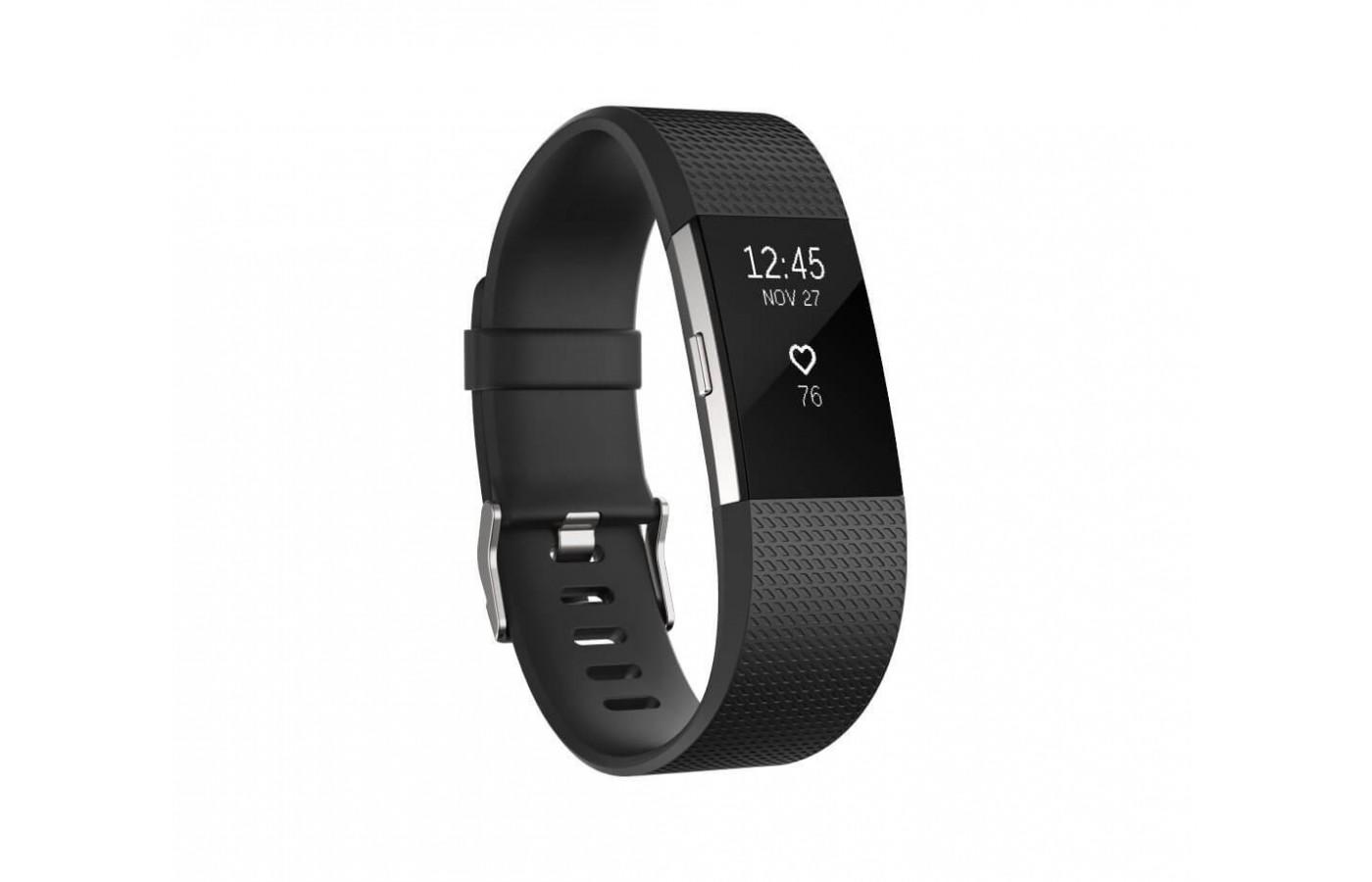
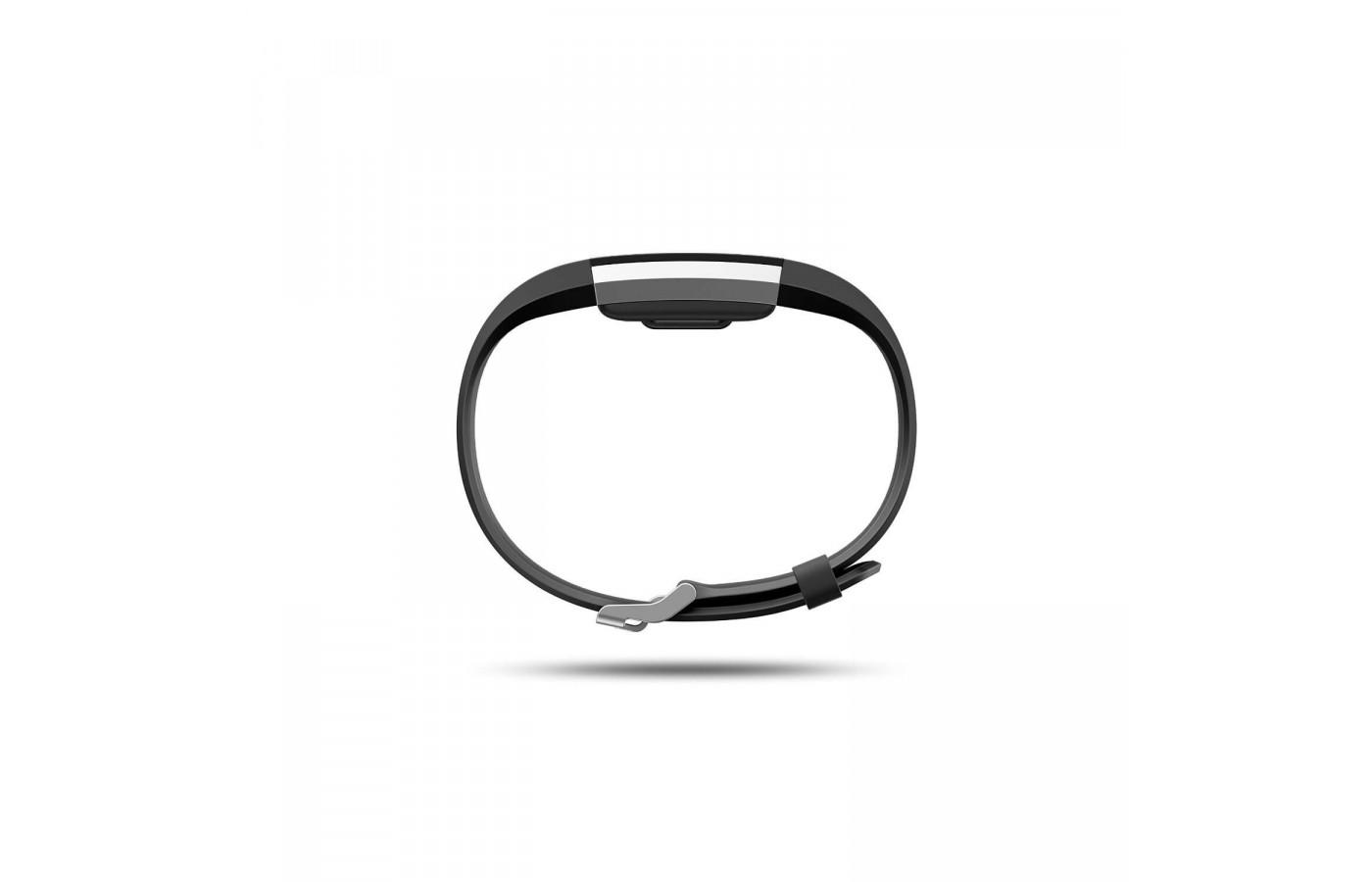
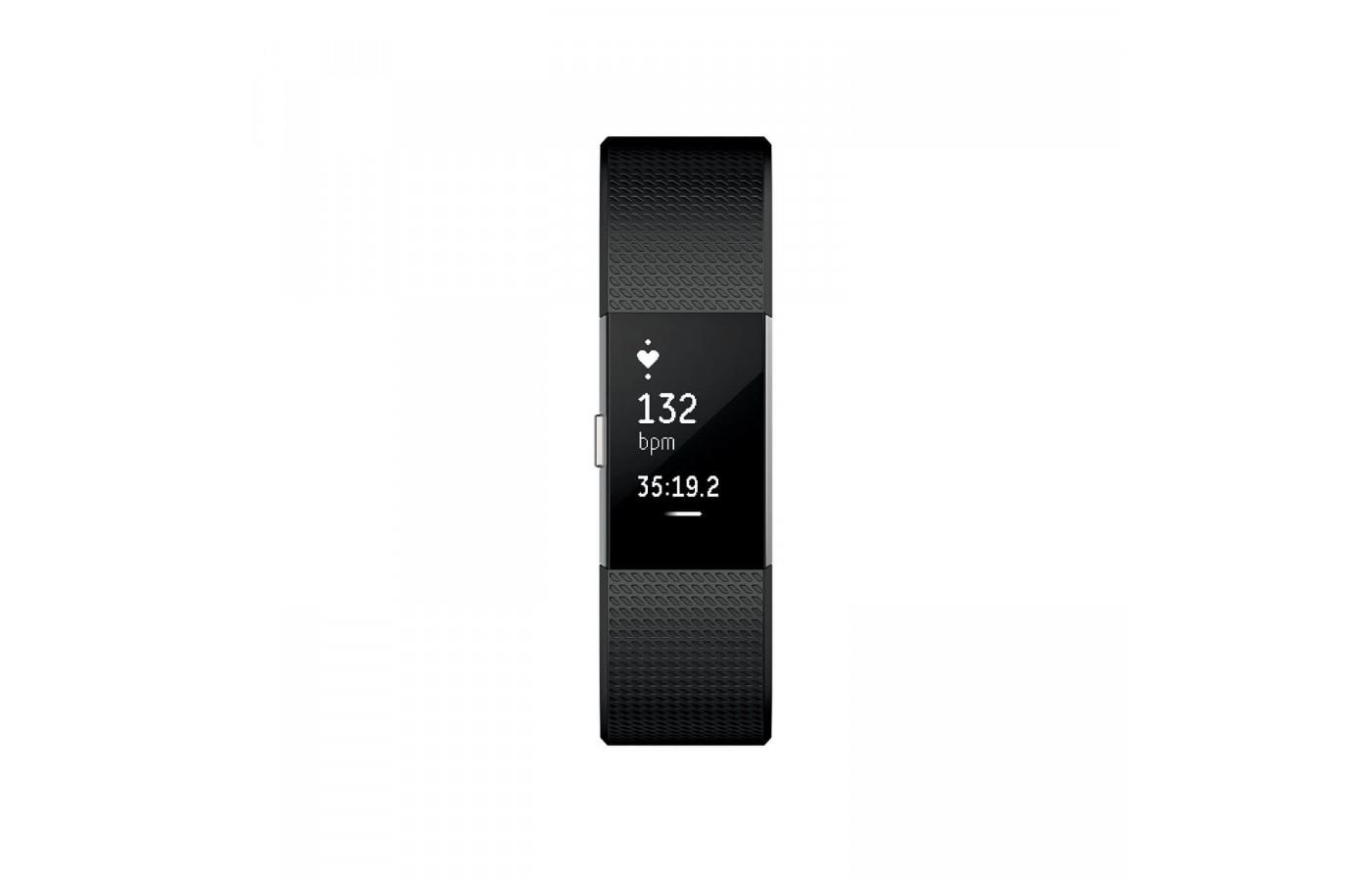
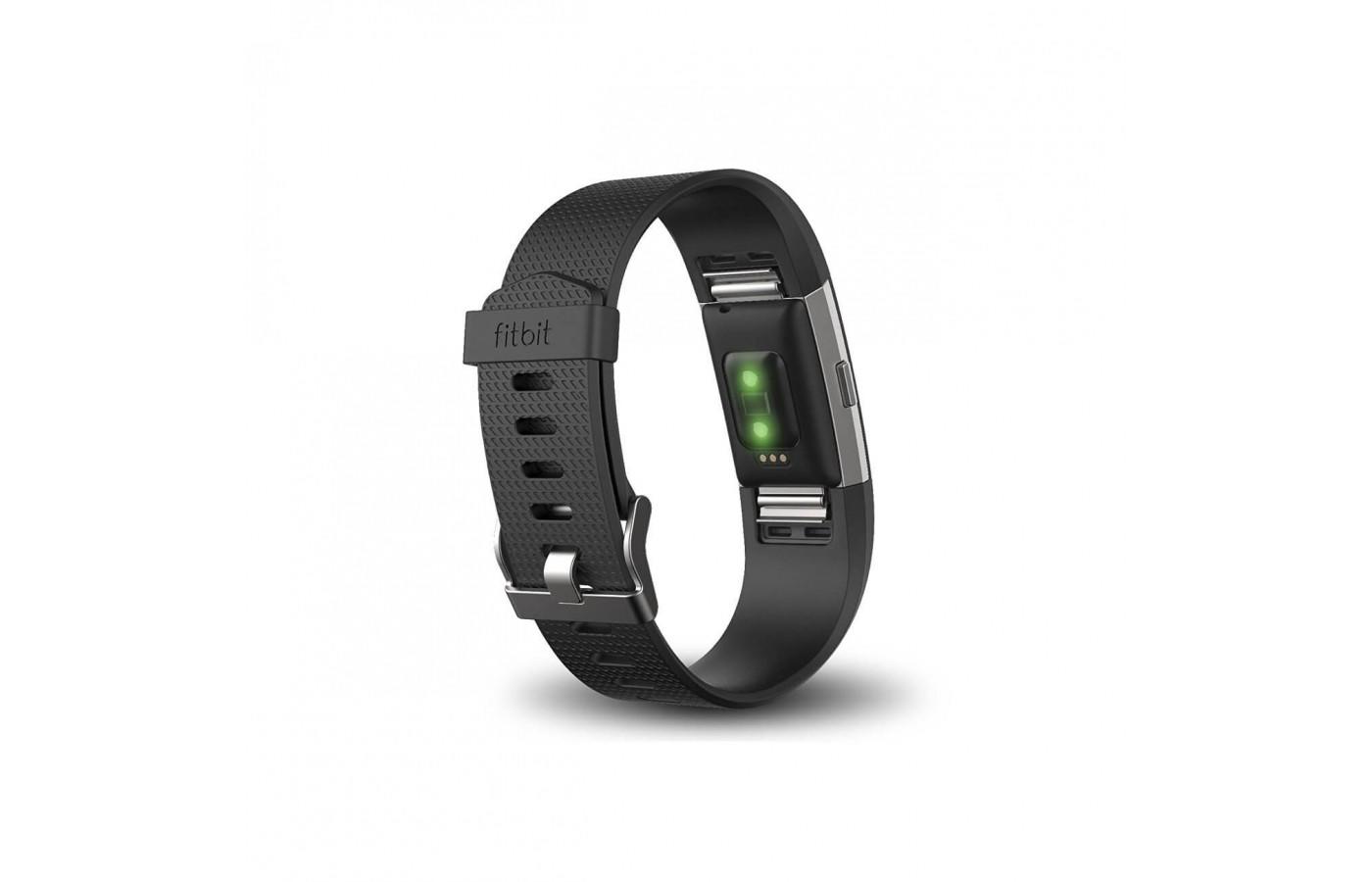







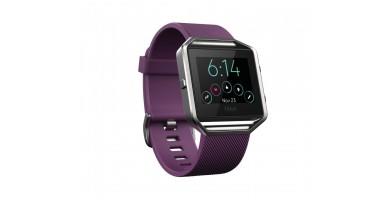
 15.2k
15.2k